What Does PR Mean In Gym?
Author:
Reviewed by:
(21 years of Oly Lifting experience)
Unlock your full potential by engaging with our experts and community! Have questions about your fitness journey or looking for expert advice on weightlifting techniques? Don’t hesitate — leave a comment below and Sergii Putsov will provide a personalized answer and insights to help you reach your goals.
Torokhtiy is reader-supported. Some links are affiliate links, and we may earn a commission at no extra cost to you. See our disclosure page for details.
Here is a good question: “what does PR mean in gym”? The answer can be a bit tricky. So let’s take a look at some best practices to follow in Olympic weightlifting and I do believe that most athletes can make improvements to their plan for 1RM and PR understanding.
PR & 1 RM are two distinct meanings. Your 1 RM is a figure that varies up and down over time, but your PR reflects your most successful performance.

What Does Pr Mean In Weightlifting?
Olympic weightlifters are addicted to measuring how much weight in kilos or lbs they can lift during a particular exercise, especially in squat snatch and clean & jerk. As a result of setting a personal record during a session, competition, or any lift, athletes should be proud of themselves. Although we are aware a PR isn’t the end result of the training process, it is still something to be happy about!
Different PR Types
A personal record (PR), personal best (PB), or one-rep max (1 RM) are some names for this. However, what distinguishes PR meaning from other keywords, and when is it crucial to keep each apart? I thought I’d use this article to explain the concepts as many of our Olympic weightlifting programs are based on 1 RM.
PR vs 1 RM
Let’s define the terms:
What is a PR in lifting? The result you have by far done that is designated as a “PR” is the top weight ever lifted. The term “personal best” or PB, which is frequently used, both imply the same thing. The term “1 RM” refers to the maximum weight you can now lift for a single rep.
Both lower or heavier than your gym PR are possible for your 1 RM. And on the contrary your PR is independent of your actual PB in any specific exercise.
Let’s clarify using two cases where your actual 1 RM is heavier than your PR and another where it is lower.
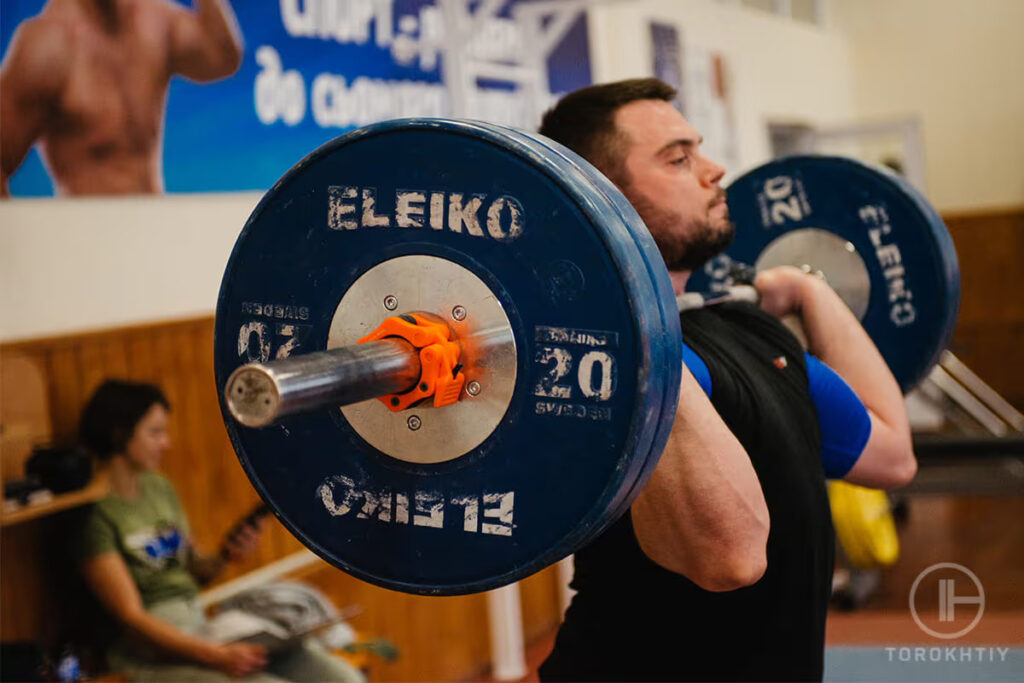
Case #1 – 1 RM lower than PR
Let’s assume that you have previously snatched not more than 92 kg. That is, unless you have a fantastic session and perform a 95 kg snatch for a personal record. You’re sure that you couldn’t have lifted one more kg since it was so heavy. Your PR and 1 RM in this context & on this workout are both 95 kg.
Then, suppose you stop exercising for half a year and your power declines. In the first session, you make the foolish decision to once more reach your snatch maximum. You gradually snatch bigger weights until you can finally complete one rep of 75 kg, but at 80 kg you collapse. Despite the fact that your weightlifting PR still seems to be 95 kg, your 1 RM today is 75 kg.
Planning your workouts going ahead should be done with 75 kg rather than your 1 RM.
Case # 2: 1 Rep Max higher than PR
Let’s use the identical scenario as before.
Your training is smart and stable in snatch for a number of months. But, you never lift a weight more than 92 kg throughout any of your training.
You continue working out till you can complete 6 reps of 92 kg in a single set. So, how big is your personal record and 1 RM?
Your personal record (for 1 rep) has remained the same. It still – 92 kg. You still hold the record for never having snatched anything bigger in your whole life.
But definitely, now you can snatch for one rep significantly more than 92 kg. Similar to how your body has a weight and a temperature even though you’d never measure them.
You might be able to snatch roughly 105 kg for a one rep if you tested your 1 RM today. If you succeeded in doing so, 105 kg would become your new PR, and you would be aware of your 1 RM for that day.
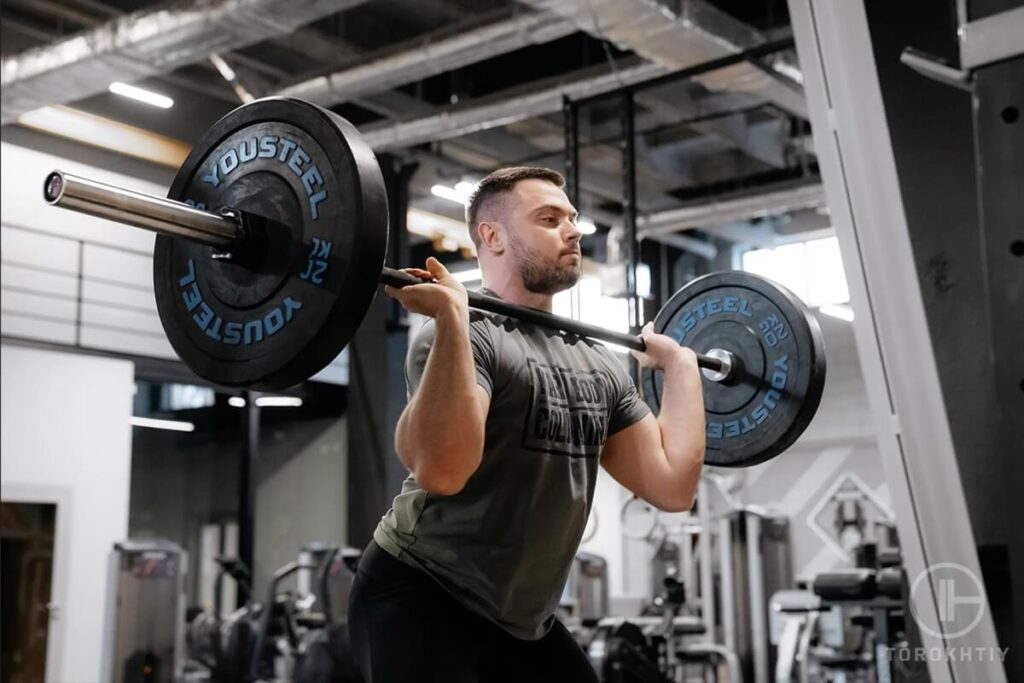
So, what is the practical application of this information?
When using training based on 1 RM, choosing the appropriate load is perhaps the most crucial factor. Let’s imagine you decide to use our Snatch Cycle, which is based on % of 1 RM. If your actual 1 RM is closer to 105 kg than your three-year-old personal record of 125 kg, starting with the latter will probably result in a way more effective training.
Therefore, consider what you might lift right now or possibly within a few weeks of training when you’re going to begin a new cycle and it specifies your 1 RM.
Follow us!

Free!
Get a 2-week Weightlifting Program as a bonus for the subscription to kickstart your training plan!

Free!
Gym PR vs Competition PR
I hardly can’t count the cases when someone has come into our OLY gym telling me they can Snatch a certain number of kilos, and then didn’t show anything close enough on the competition platform at that weight. Snatch in competition is a different beast, and the skills must be practiced in a specific way.
So, what is the real difference?
The main distinction is demonstrating control and confidence. It is one point to prepare mentally for a large personal record in your own gym. Comfortable environment, your platform and bar, no time limit, straps. All this stuff will be missing at the competition. Referees at the competition are seeking athletes who can manage the bar throughout the whole range of motion.
There always will be more stress. Timing and rivals will always push on you. It will always be too much time or the opposite – not enough. When it is your turn to go on the platform you will forget where there is a chalk box or 15 sec before time limit, standing on the platform, you will see that you didn’t make your laces on your right weightlifting shoe. And your opponents will follow their goals – to win, means to beat you!
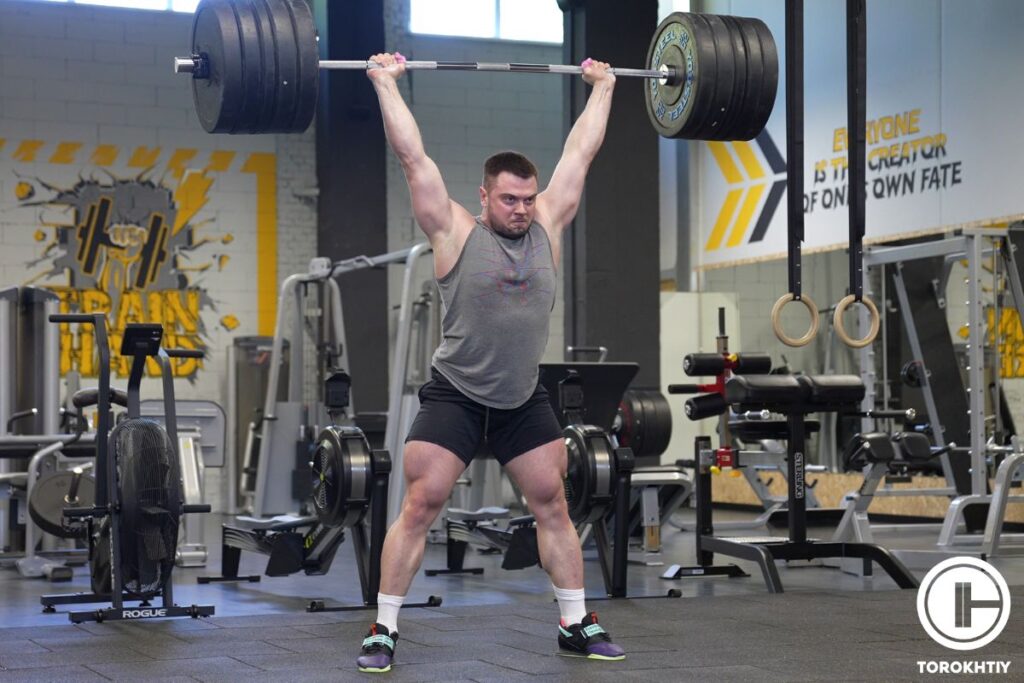
Why is PR Important?
The PR serves as an indicator of your performance and shows that the effort you put out to meet the barbell has been successful. PR may come in a variety of shapes, including the Rep Max, which can be expressed as a 6, 2, or 1 RM at a barbell weight that is heavier than you have ever lifted before. The Personal Record is the objective, a comparison of you against yourself that demonstrates that you can now achieve something that you couldn’t do previously.
How to Measure Your Weightlifting PR
The right way to measure your weightlifting PR is to set it up in the competition. There are few more ways to assume how big it is. Maxout training sessions will definitely give you certain numbers, but as we discussed before it is just a gym record and no one cares about it.
In Olympic weightlifting coaches use a specific auxiliary exercises models which shows the ratio between snatch, C&J and some auxiliary exercises. This approach can be used as a rough guide for understanding an athlete’s potential shape.
| Power Snatch | Hang Snatch | Block Snatch | OHS | |
| Snatch | 86 % | 98 % | 97 % | 105 % |
| Power Clean | Clean | Hang Clean | Jerk | Power Jerk | Front Squat | Back Squat | |
| Clean & Jerk | 86 % | 103 % | 94 % | 102 % | 90 % | 115 % | 135 % |
You can use our PR calculator to see what is you potential according to your auxiliary exercise’s achievements – GeneraTOR.
How to Set New PRs
If we speak about competing, you will definitely need a coach and to dive deeper in a full competition routine. By the way a lot of useful information you will find in my book Competition DAY – X.
If you decide to do a PR session in your gym, here are my few tips on how to make it more productive.
Decide to Split Snatch and C&J or Not
From my national team experience we had BIG training PR sessions, when in one training we had Snatch, C&J and Back Squats in a row. This is too killing for normal people and I don’t advise you this.
If you choose to lift on separate days, the C&J is usually far more challenging than the Snatch. If you break up your days, you should recover for at least two whole days following C&J before attempting Snatch. On the other hand, following Snatch, 1 day of recovery is probably appropriate.
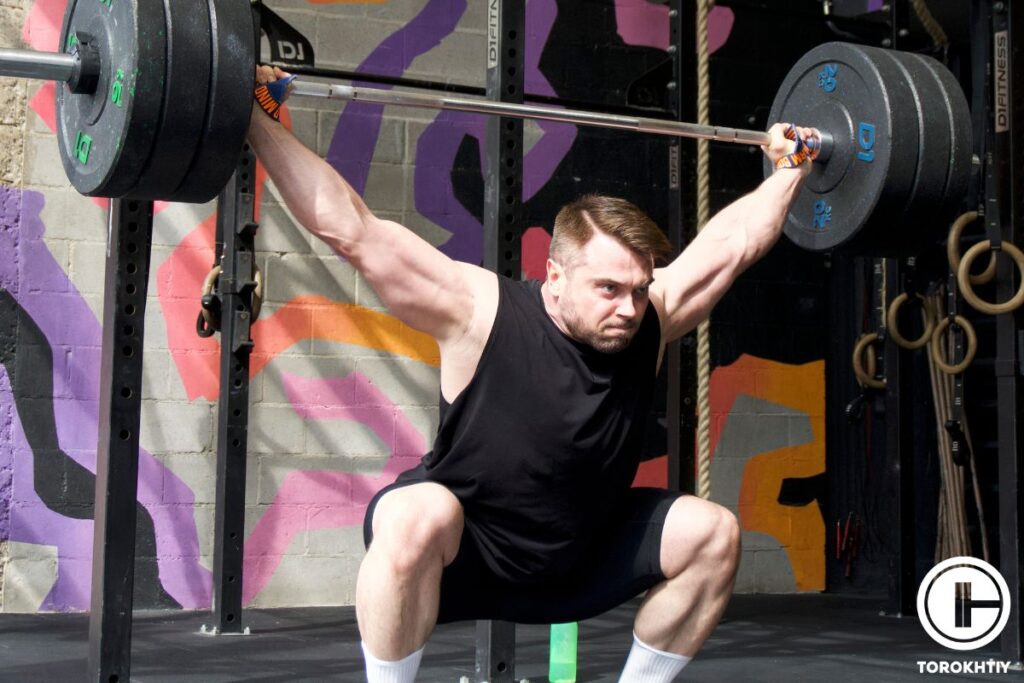
Warm Up Approach
Remember that PR days typically go far longer than normal training days. Even if you don’t perform any accessory work (which you shouldn’t), you’ll generally feel very weary afterward since you need more time to warm up and more downtime in between sets. So that you don’t feel rushed and can concentrate on the task at hand, be sure to schedule enough time.
Picking Kilos
My suggestion is to schedule a PR session similarly to competition warmup. As a result, I advise taking a “opener” instead of your first heavy set as a PR. This heavy single should be about 89–92 % and still go quite explosive. After then, go to a “second attempt,” or anywhere between 94 and 98 %. Actually, this second effort is your final warm-up. It ought to increase trust in the new PR. A PR session isn’t an Olympic weightlifting competition, so you have wide freedom. Use that to your advantage! I usually advise going ahead and making a “third effort” at a modest PR that is 1 or 2 kg higher than your previous best. You would be finished here in a competition. However, given that you’re in the lifting gym, if your PR didn’t feel like a real 1 RM and you believe you still have some energy left, keep going! Continue repeating this with an extra 1-3 kg until you either fail a lift or feel completely burned out.
FAQ
What Does Pr Mean In Squats?
The weight that is designated as a squat PR or just “PR” is the biggest weight you have ever squatted. The term “personal best,” which is frequently used, has the same meaning. The term “1 RM” refers to the maximum weight you can now lift for a single rep.
What Is Good PR For Deadlift?
Let’s say in average. Decent – around 115 pounds, or your body weight. 1,5 of your bodyweight, or 185 pounds, is good. Great, 225 pounds or your double body weight.
How Often Should I Hit PRs?
Beginners don`t need to hit PRs, they have a task to learn a fundamental technique. More experienced Olympic weightlifters can hit PRs every 3-5 weeks or even more seldom. Elite weightlifters hit PRs mostly on competitions and it happens not so often due to the very high level of their personal results. PR in fitness can be more often and it depends on type of exercise.
What Does PB Mean In The Gym?
The term “personal best” (PB) refers to your best attempt in a particular exercise, type of activity or sport.
Conclusion
So let’s conclude what does PR mean in working out. PR & 1 RM are two separate terms. There are moments when they will both be the same score, but this usually only happens for extremely brief periods of time. Your 1 RM is a number that fluctuates up and down, but your PR represents your historically greatest performance. Your 1 RM should serve as the primary reference point for your training program if it is designed around your strength. Never choose your workout weights based on a one-year-old personal record. Leave the comment below how different are yours 1 RM and PR.
Also Read:
Why Trust Us?
With over 20 years in Olympic weightlifting, strength training, nutrition coaching, and general fitness our team does its best to provide the audience with ultimate support and meet the needs and requirements of advanced athletes and professional lifters, as well as people who strive to open new opportunities and develop their physical capabilities with us.
By trusting the recommendations of our certified experts in coaching, nutrition, and sports training programming, as well as scientific consultants, and physiotherapists, we provide you with thorough, well-considered, and scientifically proven content. All the information given in the articles concerning workout programming, separate exercises, and athletic performance, in general, is based on verified data.
The product testing process is described in more detail here.
Author: Sergii Putsov
Head of Sport Science, PhD
Best Results: Snatch – 165 kg,
C&J – 200 kg
Sergii Putsov, Ph.D., is a former professional weightlifter and National team member, achieving multiple medals in the 94 kg weight category at national competitions. With a Master’s degree in “Olympic & Professional Sport Training” and a Sport Science Ph.D. from the International Olympic Academy, Greece, Sergii now leads as the Head of Sport Science. He specializes in designing training programs, writing insightful blog articles, providing live commentary at international weightlifting events, and conducting educational seminars worldwide alongside Olympic weightlifting expert Oleksiy Torokhtiy.
Reviewed by: Oleksiy Torokhtiy
Olympic Weightlifting Champion, PhD in Sport Science
Best Results: Snatch – 200 kg,
C&J – 240 kg
Oleksiy Torokhtiy is a professional athlete boasting 20 years of experience in Olympic weightlifting. With multiple European and World titles under his belt, he has showcased his prowess in two Olympic Games (Beijing 2008 and London 2012). Upon concluding his illustrious career, Oleksiy dedicated himself to coaching. By 2022, he had conducted over 200 weightlifting seminars worldwide. He is the visionary behind an international sportswear and accessories brand known for its motto, “Warm Body Cold Mind.” Additionally, he is an esteemed author and the creator of a series of training programs and eBooks.




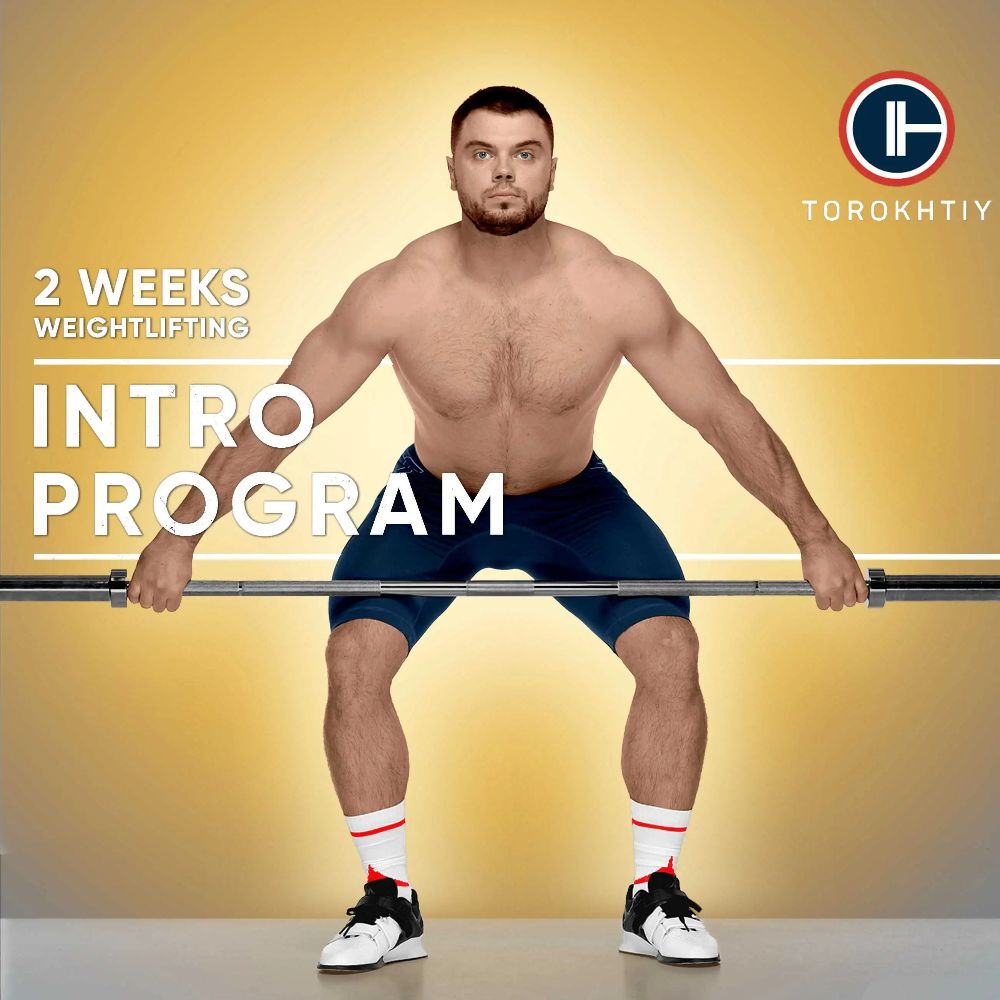
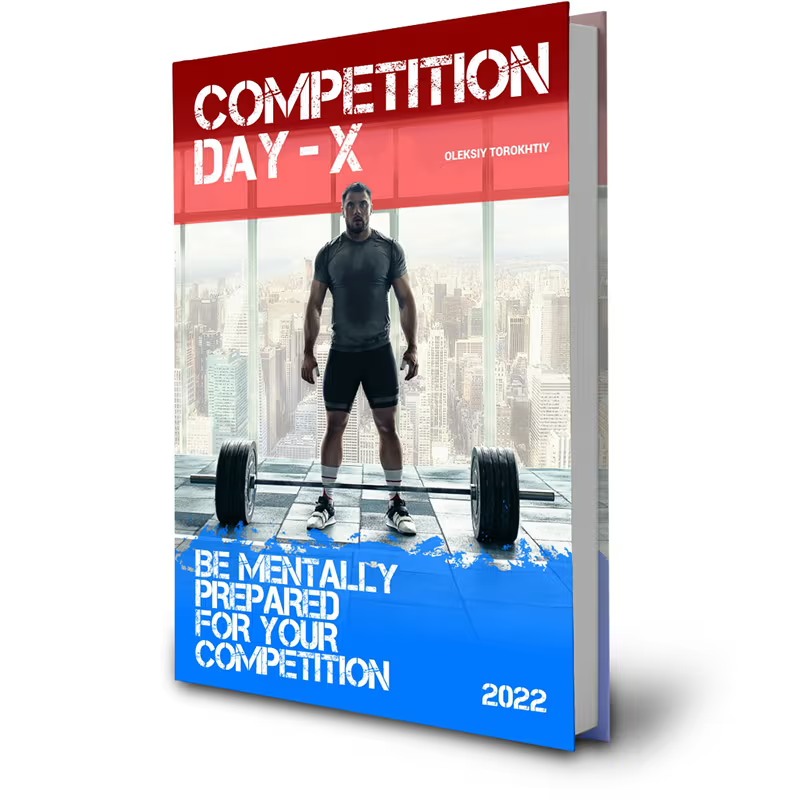
Still have questions after reading our article? Unlock your full potential by engaging with our experts and community! Don’t hesitate — leave a comment below and Sergii Putsov will provide a personalized answer and insights to help you reach your goals.